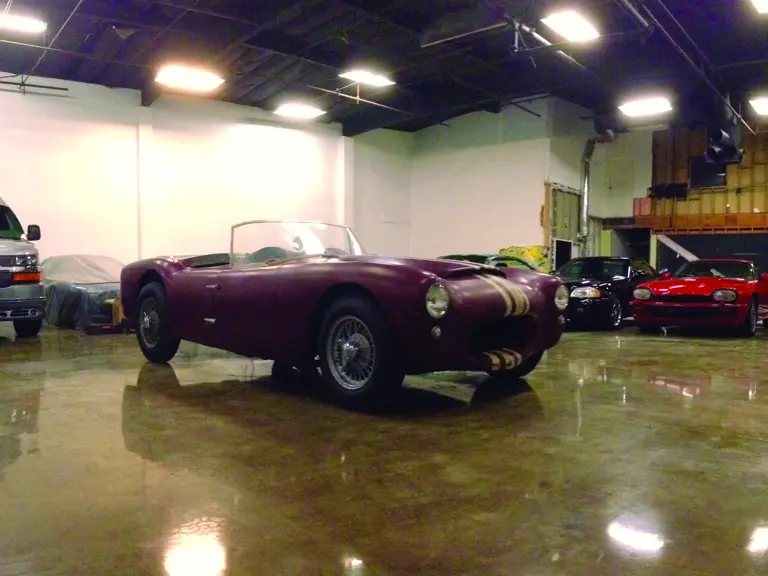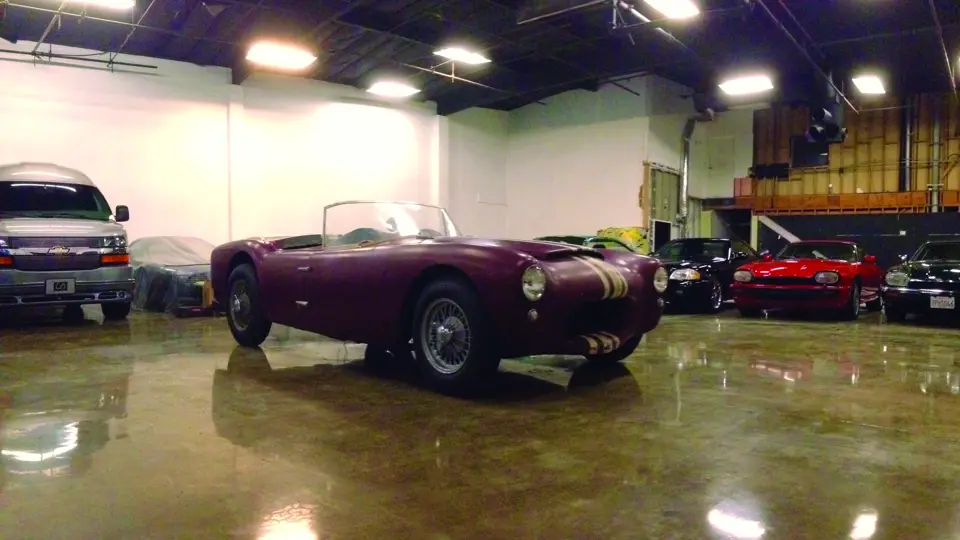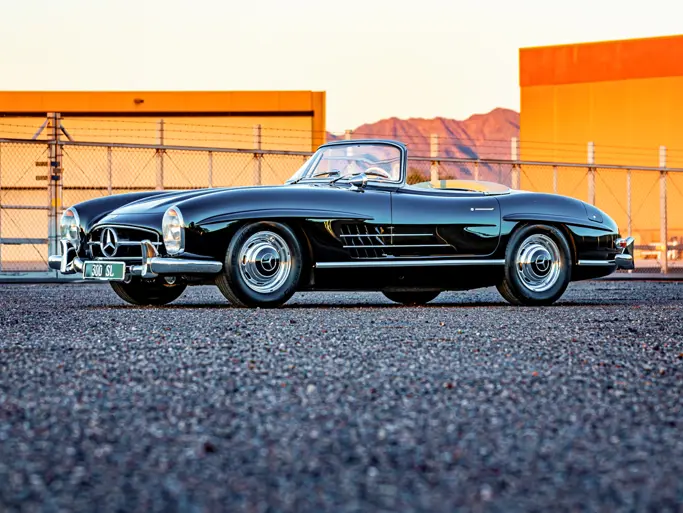 | Santa Monica, California
| Santa Monica, California
The history of the low production Woodill Woodfire is chronicled in an October 2005 Collectible Automobile magazine article (Fanning A Flame: Woody Woodill and the Wildfire by Michael Lamm) and further studied in the 1954 Custom Cars Trend Book 109. The Lamm article directs enthusiasts of this early interpretation of the primarily home-built fiberglass body kit car to the Antique Automobile Club of America. It was available in the days of the famous Kaiser-Darrin and the GM Chevrolet Corvette. With few records of the day available, the author was able to conclude that somewhere from 90 to 300 being built.
Like many car enthusiasts in early postwar America, Mr. Woodill is said to have wanted a Jaguar, but having been talked out of it, he decided it would be fun to build a car of his own. To do so, he would tap into the new technology for the period in the form of handmade fiberglass bodies. At the time Mr. Woodill was a Willys dealer in Southern California and he would try to tie his ideas in with his Willys dealer status. Serious research was executed by Fred Roth regarding the Glasspar body connection and Wildfire history and origins. In a 1999 letter to Michael Lamm, Mr. Roth concluded that after 25-years of independent investigation, Woodill had built the first two prototypes for the purpose of convincing Willys Motors of Toledo, OH to make this the marque’s official sports car, as Nash had done with the Nash-Healey and Chevrolet was about to do with the Corvette.
Expectations were high, but thwarted when Kaizer-Frazer Corporation stepped in and bought out Willys “lock, stock, and Jeep.” Kaiser had set in motion their relationship with Howard “Dutch” Darrin for the Kaiser-Darrin and according to Mr. Woodill, the Wildfire lost out despite the interest. Woodill thought the timing was right for his contingency plan of offering the car in kit form. He recognized that enthusiasts of this period were not only interested in sports cars but in applying their knowledge and resources to build such cars themselves.
Woody wouldn’t be the first in the fiberglass kit car line-up, but he was near the beginnings with Glasspar (who built and provided the modified for Wildfire bodies), La Dawri, Bangert, and more. Of them all, it is reported that the Wildfire was the most successful.
Woodill Motor Company was located in Downey, CA. The Woodill Woodfire made its first public appearance at the Pan Pacific Auditorium in downtown Los Angeles on November 10, 1952. Both attendees and press were reported to be impressed.
It is said that nearly any engine could be used and the Wildfire kit sold in two parts; frame and body. The frame kit cost $228 and the body kit alone was $995. Woody launched a campaign to try and interest dealers in handling Widfires on a franchise basis, but lack of interest caused the plan to fail. Working as a self-promoting press agent and promoter, Woodill got the car noticed, and part of the public conversation. Johnny Dark, Written On the Wind, and Knock On Wood were three high-profile movies that featured Wildfires and more turned up on television shows. Life, Time, Pic, and most dedicated car magazines also took note of the Woodill.
According to Mr. Woodill, in the two-and-a-half years from 1953 to 1956, Woodill Motor Company sold roughly 300 kits, plus seven built-up cars. Bill Tritt of Glasspar related that he’d supplied Woody with around 90 bodies, hence the 90 to 300 Wildfire production count. Either way, this is a rare offering.
The body number on this car is 9945, and the powerplant is a small-block 296 cubic inch displacement Chevrolet V-8 that is paired with a three-speed manual transmission. The optional removable hardtop also comes with the Wildfire, as do knock-off wire wheels.
Despite Woodill’s dedicated campaign and selling enough to make Mr. Woodill happy, the kit car boom didn’t materialize as he’d expected. He went on to live a very full life with many businesses and successes along the way before passing away in 1989 at 73 years old.
The work put in by Bill Tritt of Glasspar and Woody Woodill was at the root for the form of many kit cars that followed. They all shared the same merits of being flashy, sporty, eye-catching, fast, light weight and had the commonality of the owner’s “sweat equity,” and pride of workmanship. There was much more to the final form of these cars than the money invested.





